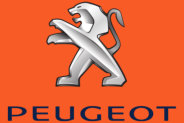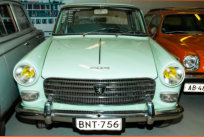

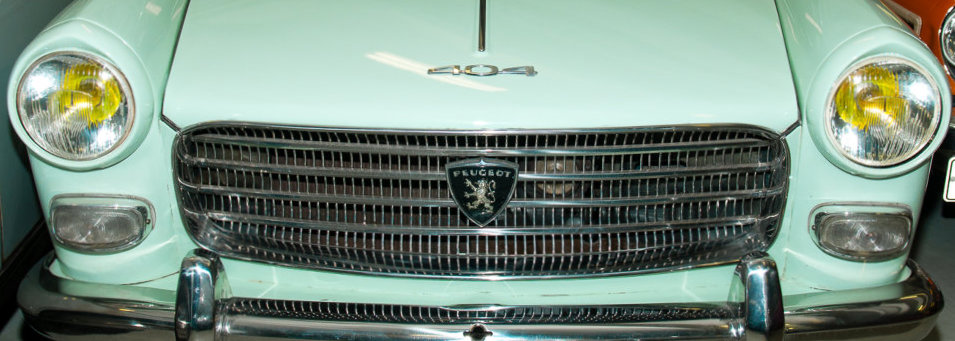

Finnish transportation company Lumiaho used 404 saloons driving over 1.000.000 km´s with each car

Peugeot 404 - 62
The Peugeot 404 is a large family car produced by French
automobile manufacturer Peugeot from 1960 to 1975. A
truck body style variant was marketed until 1988.
The 404 was manufactured under licence in various African countries until 1991 (in Kenya) and was manufactured in Argentina by Safrar/Sevel in El Palomar, in Québec, Canada at the St- Bruno-de-Montarville SOMA Ltd. plant and in Chile by Automotores Franco Chilena S.A. in Los Andes. Styled by Pininfarina, the 404 was offered initially as a saloon, estate, and pickup. A convertible was added in 1962, and a coupé in 1963. The 404 was fitted with a 1.6 L petrol engine, with either a Solex carburetor or Kugelfischer mechanical fuel injection or a 1.9 L diesel engine available as options. Introduced at the Paris Motor Show as an option was the inclusion of a 3- speed ZF automatic transmission, similar to the unit already offered on certain BMW models, as an alternative to the standard column-mounted manual unit. Popular as a taxicab, the 404 enjoyed a reputation for durability and value. Peugeot's French production run of 1,847,568 404s ended in 1975. A total of 2,885,374 units had been produced worldwide at the end of production.Production history until 1962
Year 1960
Saloon introduced with 72 hp petrol engine and column-shift 4 speed gearbox with gate "reversed" (1st down, up for 2nd and towards the wheel for 3rd down and 4th up) – identical to the 203 and 403 (except that 4th gear is direct drive). Grand Touring model has square air vents on the dashboard and body-coloured wheels.Year 1961
Introduction of Super Luxe model: Superstructure painted silver, chrome headlight rims, large diameter hubcaps, tan leather interior trim, front armrest. Grand Touring model has body colour wheels replaced with metallic silver ones.Year 1962
New suspension with increased travel and flexibility. Dashboard is modified and square air vents are replaced by circular directional vents. New reinforced drum brake linings. Anti-reflective paint used for the dashboard. Introduction of Commercial, Break and seven-seat Family estate versions, with tandem coil spring rear suspension in the place of the sedan's single spring arrangement. These versions have a balanced spring system to assist in opening the tailgate, different rear light clusters, rear bumper arrangement and the fuel filler cap is no longer hidden behind the rear number plate, but behind a flap in the rear wing. These variants are also longer (4,590 mm (181 in) vs 4,445 mm (175 in)) and heavier (1,190 kg (2,624 lb) vs 1,100 kg (2,425 lb)) than their saloon equivalents.Foreign Assembly
The 404 was assembled in a number of countries besides France. It was manufactured by Safrar in Argentina (later Sevel), and assembly took place in Australia (by the local Renault subsidiary), Belgium, Canada (at the SOMA plant shared with Renault), Chile, Ireland, Kenya, Madagascar, Malaysia, New Zealand, Nigeria, Portugal, Perú (by Braillard), Rhodesia, South Africa and Uruguay. The 404, especially in pickup form, is still a common sight in North and West Africa. The Argentinian-built 404 was available with both the 1.6 petrol and the diesel engine, in Standard or Luxe equipment levels. The Luxe featured sporty alloy wheels and a special grill with integrated extra lamps.Surviving Coupés and Cabriolets
Le Club 404 (France) is conducting a worldwide inventory of remaining 404 Coupé and Cabriolet cars. 17,223 were built - both variants included - and as of May 31, 2014, 1875 of these have been identified, about 10.9% of the total made.
1962
Engine 1618 cc 4 cylinders Power 72 HP Top speed 142 km/h Lenght/width 4,42 m/1,62 m Weight 1070 kg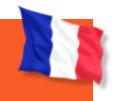

Photos mainly by Matti Kreivilä. Historical facts and technical details of the vehicles provided by Wikipedia. Movies YouTube.
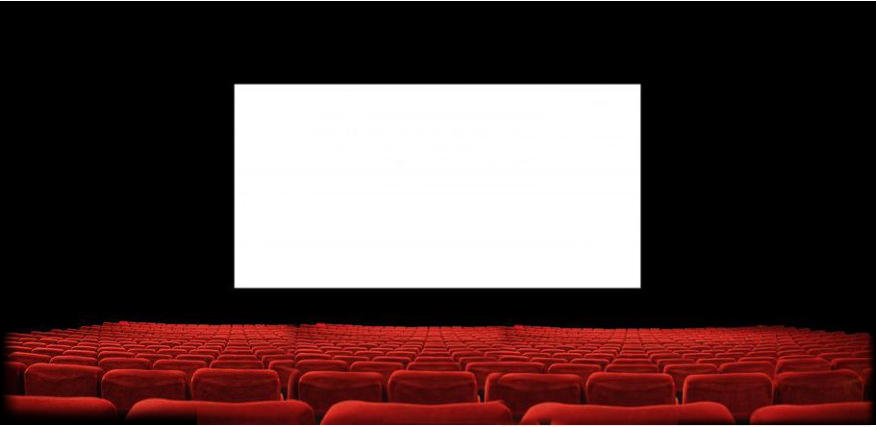


- Decade of 60's
- Austin 850 Pickup - 1962
- Chaika Tshaika 13 GAZ - 1962
- Citroen 2CV - 1961
- DKW Junior - 1961
- Fiat 1100 - 1963
- Ford Taunus 12M - 1961
- GLAS 1204 - 1963
- MG 1100 - 1964
- Moskvich 407 - 1961
- Nagetusch caravan - 1961
- NSU Printz 4 - 1961
- Opel Kadett A - 1964
- Panhard PL17 - 1961
- Peugeot 404 - 1962
- Renault Dauphine - 1965
- Simca Aronde P60 - 1960
- Simca 1000 - 1966


